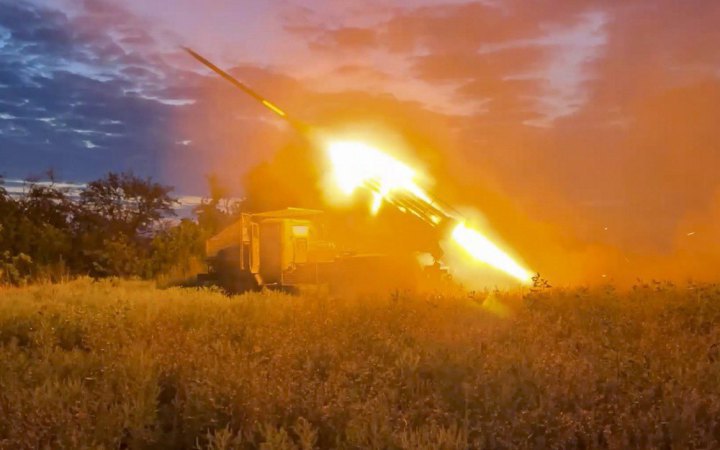For Russia, regaining control of the entire Kursk Region may be a secondary objective compared to the more strategic goal of advancing deeper into the Donetsk Region. Moscow has deployed mostly reserves to the Kursk direction, as well as occupants from the south and north of Ukraine, areas where the fighting is less intense, the Wall Street Journal said.
Nevertheless, the Ukrainian operation has struck a blow to Putin's claim that the ‘SVO’ (Special Military Operation), or war, will be limited to Ukraine and will have minimal impact on Russians' lives. Some Ukrainian military commanders have long said that a key element of the strategy is to make the Russians feel the war in order to pressure Putin to end it.
Some of the first troops to enter the Kursk Region were drone units. The reconnaissance and strike UAVs are supposed to help Ukrainian forces advance.
One of the Ukrainian soldiers involved in the Kursk operation told reporters that the Russians are now fighting harder. Earlier this week, the Russians sent 80 people into a Ukrainian-controlled village. They dropped 21 bombs on it and then launched an assault. These troops are well-equipped by Moscow, and some of them have obvious combat experience. Russia has also successfully used electronic warfare systems to shoot down drones. The Russians dig in and set up defensive positions along the new front line, clearly expecting a long campaign.
The Russians are also assembling pontoon bridges to try to cross the Seym River, but Ukrainians are destroying them with artillery.
Andriy Brigadier of Ukraine's 44th Artillery Brigade, which operates Western-supplied M777 artillery guns, said Russian crossings of the river are often conducted in panic, exposing them to Ukrainian fire.
"The Russians are rushing in with whatever men they can get right now," he said.








